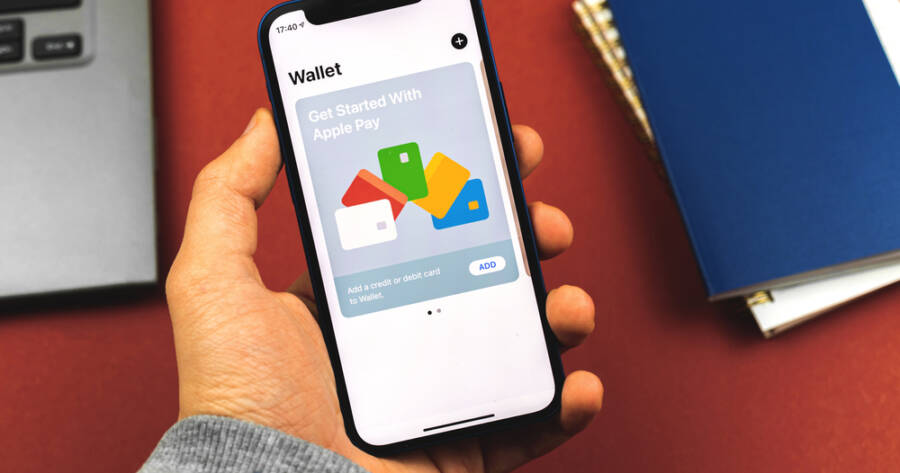In recent years, digital wallets and contactless payments have transformed how people pay for goods and services. With options like Apple Pay, Google Wallet, and Samsung Pay becoming increasingly popular, these technologies are reshaping banking and spending habits worldwide. As more people shift to using smartphones for payments, financial institutions are adapting to meet evolving consumer expectations. Understand the advantages and security features of digital wallets.
The Rise of Digital Wallets
Digital wallets, also known as mobile wallets, allow users to store credit card, debit card, and bank account information on their phones. With a few taps, users can make payments in stores, online, and even send money to friends and family. The popularity of digital wallets has skyrocketed because of their convenience. Users no longer need to carry a physical wallet or search for cash; their smartphone handles it all. This ease of use has driven a major shift in spending habits, particularly among younger generations who prefer a quick, efficient payment method.
Digital wallets also appeal to businesses. With contactless payment systems, transactions are faster and often more secure, reducing the risk of fraud for retailers. This dual benefit of security and convenience has led many merchants to adopt digital wallet payments, enhancing the user experience.
Security Features: Why Digital Wallets Are Safe
One common concern about digital wallets is security. However, these apps have advanced features that protect users’ data and funds. One of the primary security features is encryption, which scrambles sensitive information so it can’t be easily accessed by hackers. Many digital wallets use encryption in combination with tokenization, where unique tokens replace real credit card numbers during transactions. This adds an extra layer of protection, making it difficult for attackers to steal or misuse account information.
Biometric security features such as fingerprint or facial recognition are also standard in digital wallets. For instance, Apple Pay and Google Wallet require fingerprint or face authentication before completing a purchase, ensuring only the wallet owner can authorize payments. Some wallets also use two-factor authentication, requiring users to verify their identity through an additional code or email, further strengthening security.
Moreover, digital wallets are continuously monitored for suspicious activity. Many apps send alerts if they detect unusual spending patterns, allowing users to quickly respond to unauthorized activity. These security measures make digital wallets as safe, if not safer, than traditional card payments.
Contactless Payments and Their Convenience
Contactless payments refer to the ability to pay by tapping a phone or card on a payment terminal rather than inserting or swiping. The spread of contactless payments has increased in recent years, largely due to the COVID-19 pandemic. Many consumers and businesses turned to contactless options as a safer, more hygienic way to transact without touching cash or card readers. This shift encouraged more retailers to accept contactless payments, further fueling the growth of digital wallets.
For consumers, the appeal of contactless payments lies in their speed. Transactions are almost instant, with no need to wait for change or a card to process. This quick experience is convenient for busy shoppers and especially appealing at high-traffic locations like coffee shops or fast-food restaurants. It’s also a significant advantage for public transport systems, where quick payments make it easier for people to get on and off buses, trains, or subways without delay.
How Digital Wallets Are Changing Banking Habits
Digital wallets are not only changing how people make purchases but also impacting their approach to managing money. Many digital wallets offer features that allow users to track spending, set budgets, and analyze spending patterns. These features give users better control over their finances and make them more aware of their spending habits. The simplicity of these tools appeals to people who might find traditional banking apps complicated or outdated.
Banks and financial institutions are taking note of this trend, too. Many are partnering with tech companies to integrate their services into digital wallets, allowing customers to access bank accounts, transfer money, and manage cards directly from the wallet app. This blending of banking and digital wallet services could lead to a future where traditional banking apps become less essential, as users can handle nearly all financial needs through one platform.
Additionally, some digital wallets are introducing credit options, making it easier for consumers to access funds instantly. These “buy now, pay later” features provide users with flexibility while allowing digital wallet providers to expand their services.
Top Digital Wallets
Apple Pay
Apple Pay offers a seamless and secure way to pay, allowing users to make purchases with just a tap. Integrated with Apple’s Touch ID and Face ID technology, Apple Pay ensures payments are secure and easy, both in stores and online. Accepted at thousands of locations worldwide, it’s a versatile option for Apple device users.
Google Wallet
Google Wallet is a versatile digital wallet that allows users to store cards, transit passes, and even event tickets on their Android device. With advanced encryption and biometric authentication, Google Wallet ensures each transaction is safe and reliable. It’s widely accepted, making it an ideal choice for Android users on the go.
Samsung Pay
Samsung Pay combines the convenience of mobile payments with advanced security, allowing users to pay almost anywhere. Using Samsung’s proprietary Magnetic Secure Transmission (MST) and NFC technology, Samsung Pay is compatible with most payment terminals, making it one of the most widely accepted mobile wallets for Samsung users.
The Future of Banking Is Digital
Digital wallets and contactless payments offer a glimpse into the future of banking. By combining convenience with strong security features, they provide a modern way to manage and spend money.
As technology advances and more businesses adopt digital payment methods, the role of physical cash and traditional banking methods may diminish. For now, digital wallets are paving the way for a banking system where mobile devices are central to everyday transactions.
